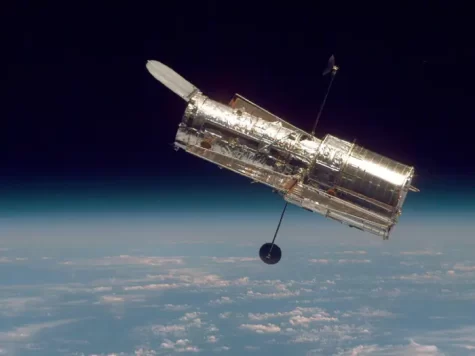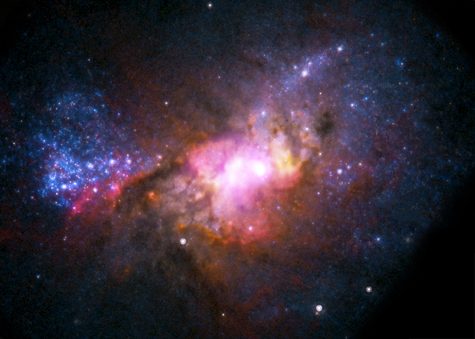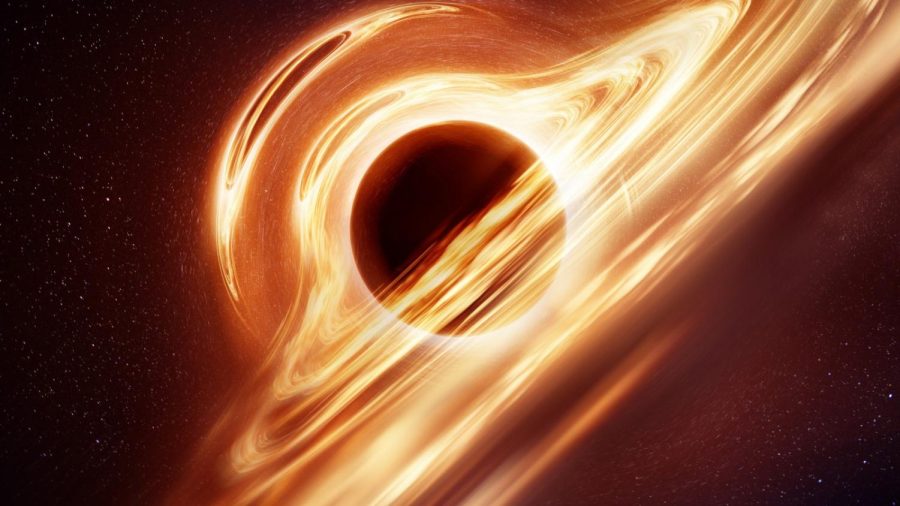Can Black Holes Create Stars?
January 27, 2022
Black holes are most known for shredding stars, eating light, and acting as enormous space garbage disposals. Using the Hubble Space Telescope, researchers discovered that these explosive celestial objects also have a caring aspect. Hubble’s view of Henize 2-10, a dwarf starburst galaxy, discovered a gaseous umbilical cord reaching from the galaxy’s black hole to a stellar nursery where stars are born.

Dwarf starburst galaxies are small galaxies with a lot of star production. A thick cloud of gas and dust is required for star formation. As it interacted with the cloud, the black hole’s stream of gas caused a fireworks show of star birth, resulting in a cluster of new stars.
In the Pyxis constellation, the galaxy is 30 million light-years away. While big galaxies are known to have a supermassive black hole at their heart, galaxies like Henize 2-10 have astronomers debating if this is also conceivable in smaller cosmic settings. Henize 2-10 has just about a tenth of the stars in the Milky Way galaxy, which has billions of them.
In a statement, study author Amy Reines, an assistant professor in the department of physics at Montana State University, said, “From the beginning, I knew something unusual and special was happening in Henize 2-10, and now Hubble has provided a very clear picture of the connection between the black hole and a neighboring star forming region located 230 light-years from the black hole.”
The findings were published in the journal Nature on Wednesday. Reines also coauthored a 2011 paper as a graduate student that revealed the first evidence for a black hole in the galaxy. When the outflow of gas from the black hole smacked into the dense gas cloud and expanded out, it was traveling at nearly a million miles per hour. Along its route, new star clusters can be seen flourishing.

It’s a rare instance of a black hole assisting the formation of stars rather than destroying them. Black holes in big galaxies eject superheated jets of material that approach the speed of light. Any gas clouds that happen to be in the path of these jets will become so hot that they will be unable to cool down sufficiently to create stars.
The dwarf galaxy Henize 2-10’s tiny black hole is shedding material at a considerably slower and gentler rate, producing ideal circumstances for star formation. Astronomers may be able to learn more about how supermassive black holes formed early in the cosmos by analyzing dwarf galaxies, including those who have remained smaller over time.
Source: https://futurism.com/black-hole-creating-stars/amp
